
Hydrangeas can be surprisingly picky about where they live. A beautiful bloom doesn’t just depend on good soil—it starts with smart placement. Before digging in, learn which spots in your yard quietly work against them and how simple changes can protect your plant’s potential.
Close To The House Foundation
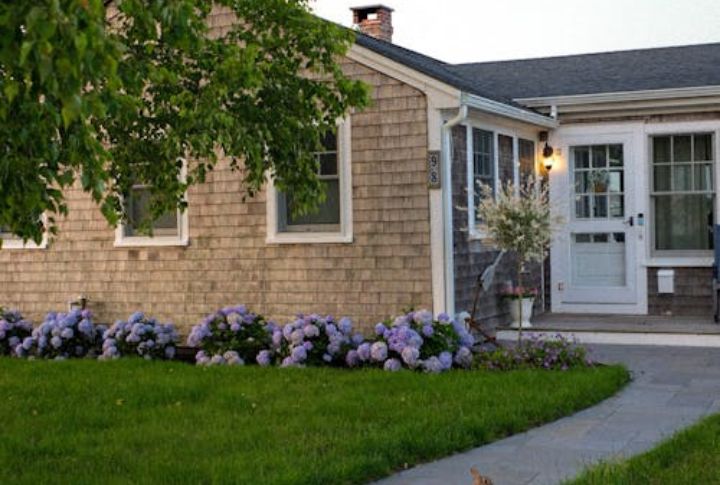
Hydrangeas planted near a house face challenges like soil dehydration from foundation heat, poor air circulation, and insufficient watering due to roof coverage. Without enough space, root systems also become stressed. Leaving three to four feet of clearance helps promote strong growth and fuller blooms.
Exposed To Harsh Afternoon Sun
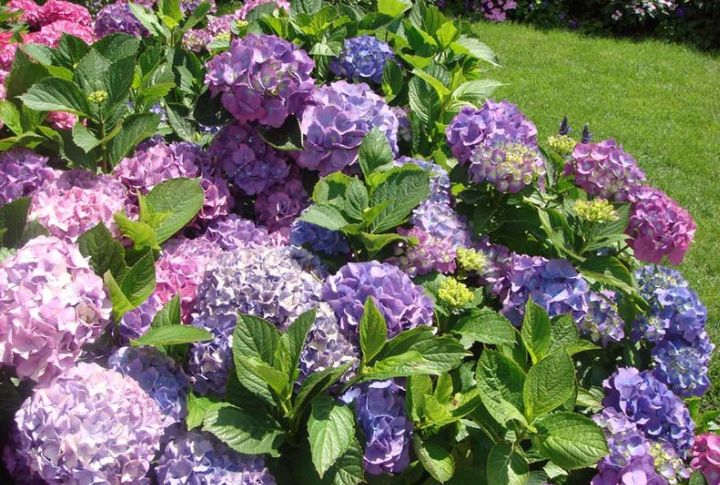
Harsh afternoon sunlight can cause leaf scorch and water loss in hydrangeas, particularly problematic in southern states where prolonged exposure is most intense. Instead of suffering in the summer glare, hydrangeas prefer a gentler rhythm, which is mostly morning sun followed by afternoon shade. East-facing beds or areas beneath deciduous trees provide the ideal light balance.
In Deep Shade

Dense shade reduces sunlight, limiting hydrangea growth and bloom production. It also causes stems to stretch awkwardly toward the light. That same dim environment traps humidity, increasing fungal risk and weakening flowers. Shaded spots near sheds or evergreens often create these problems, unlike areas with filtered morning sun.
Far From Water Sources

Hydrangeas wilt fast during dry spells, and planting them far from a water source makes upkeep harder. Distant spots can lead to neglect, especially in the summer heat. To avoid stress symptoms like drooping leaves and brown edges, place them where consistent watering is easy and convenient.
Near Black Walnut Trees

Some trees produce substances that affect what grows around them—black walnut trees, for instance, release a compound called juglone, which can cause hydrangeas to wilt or stop growing. The toxin moves through roots and leaves. So, avoid planting hydrangeas within the walnut’s root zone to prevent persistent damage.
Under Large Trees
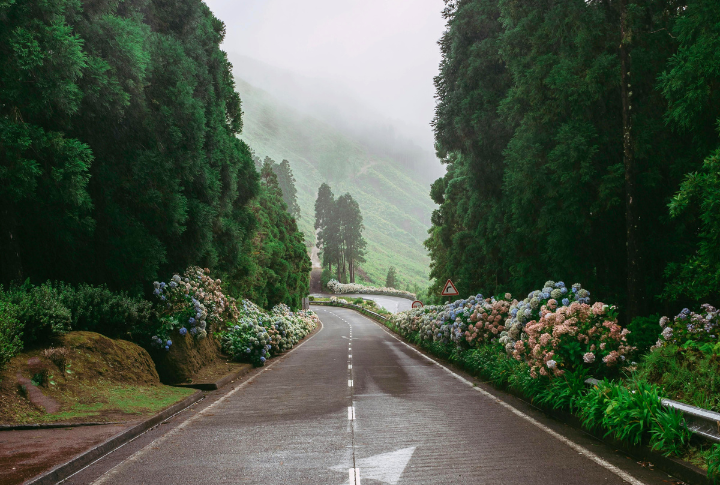
Mature trees draw up significant water and nutrients, limiting what nearby plants can access. Their canopies also block sunlight, resulting in thin hydrangea growth and fewer flowers. Dense root systems below also create difficult growing conditions. Choose a spot with consistent light and looser soil for healthier blooms and care.
In Containers Without Proper Drainage
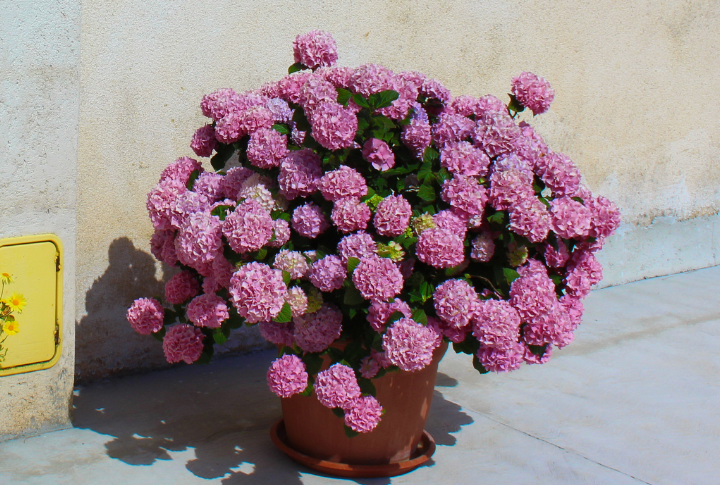
Hydrangeas in containers without drainage face root suffocation, fungal growth, and poor nutrient absorption. Just one heavy rain or overwatering leads to lasting damage. Always use pots with bottom holes and a well-draining mix, and place them where moisture escapes. Proper drainage lets potted hydrangeas thrive like those in garden beds.
In Regions Outside Their Hardiness Zone
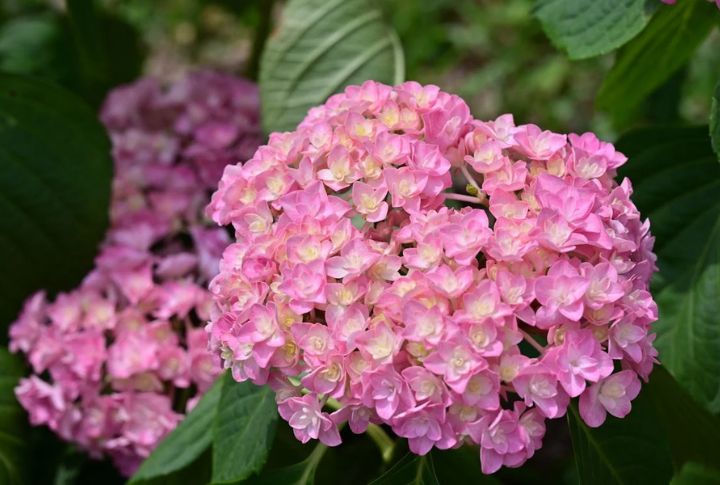
Climate mismatch is a common but preventable planting mistake. Hydrangeas each have a specific USDA hardiness range—move outside that, and the plant may fail to bloom, suffer winter damage, or burn under the summer sun. Bigleaf hydrangeas grow well in Zones 6–9, though some varieties tolerate Zone 5 with winter protection.
Near Heat Reflective Surfaces
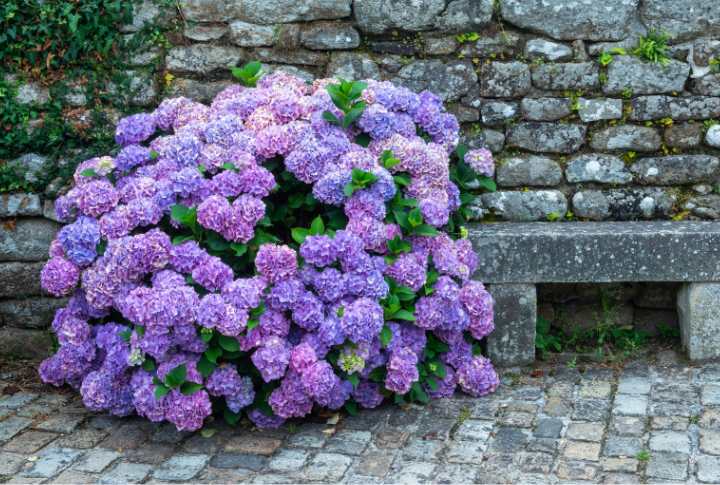
The high heat from nearby surfaces like brick walls, concrete driveways, and metal siding can create harsh conditions for hydrangeas. These materials reflect warmth, drying out soil, and scorching leaves. Look for cooler zones with indirect light or use shade from trees to moderate heat exposure.
In Frost Pockets
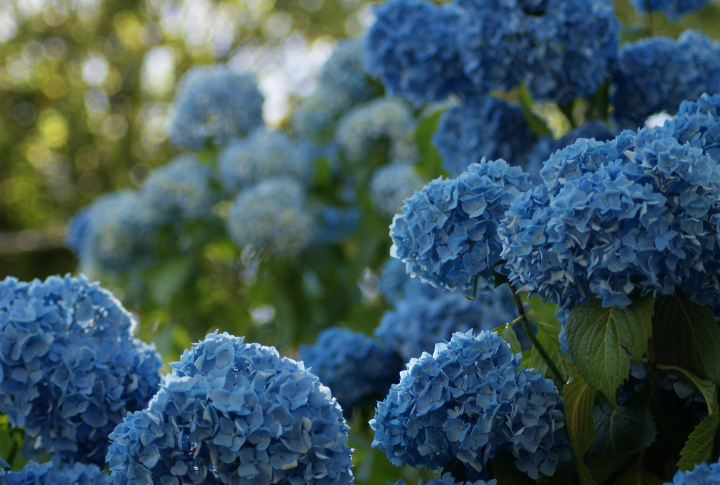
Some parts of your yard naturally stay colder because cold air collects in low spots. If you plant hydrangeas there, spring frost damages their buds and slows down blooming. To avoid this, plant them on slightly higher ground or near warm surfaces like brick walls that help protect against frost.

